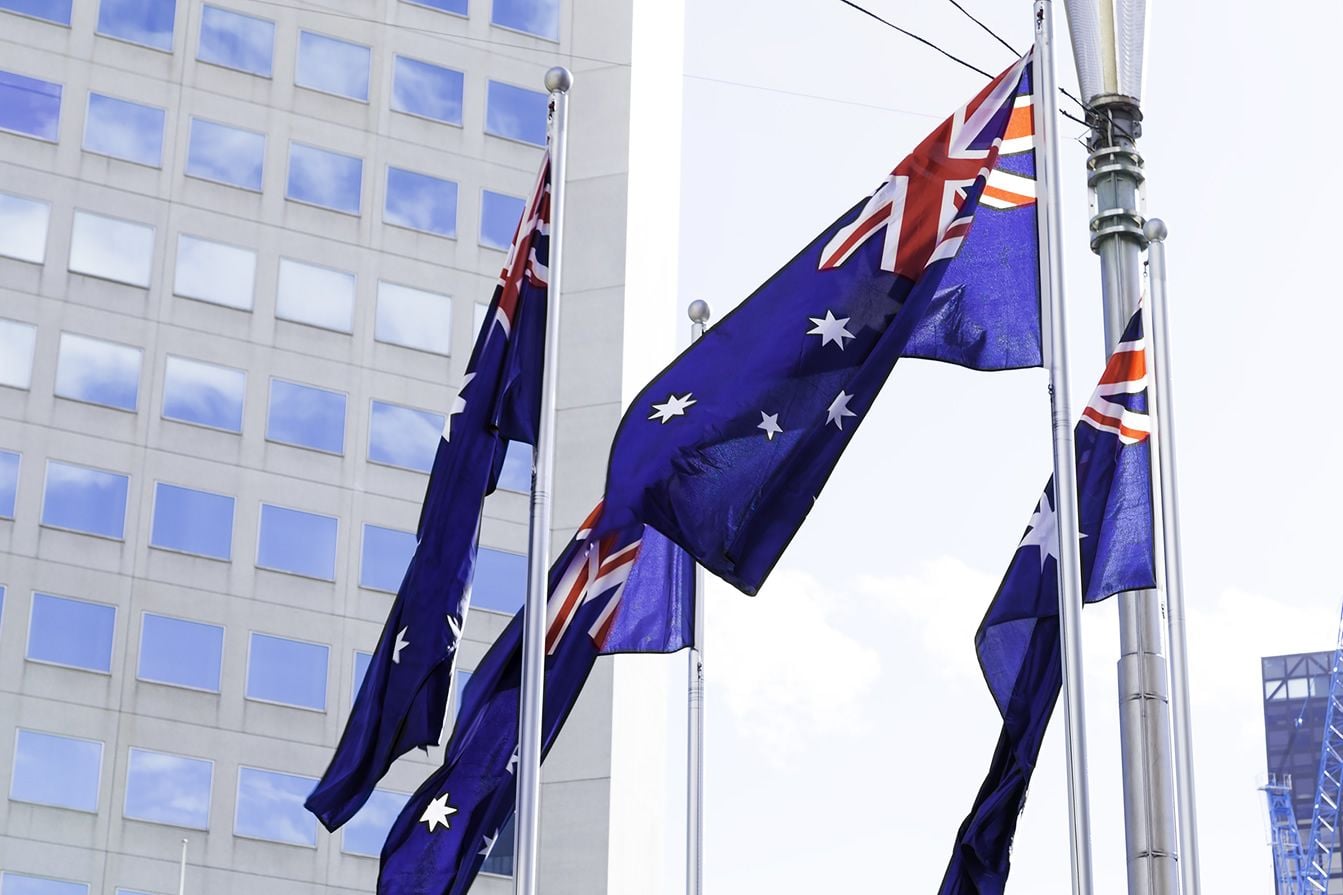Australian Dollar Forecast to see Near-Term Gains, but Fall Further Out by AMP Capital

Image © Adobe Images
- AUD to be boosted by rising commodity prices
- Imbalance in excessive bearish bets to right itself
- Longer-term RBA cuts to push AUD even lower
The Australian Dollar will probably continue to defy gravity and bounce in the short-term, but eventually, the currency will recapitulate and continue its longer-term downtrend to new lows, says asset manager AMP Capital.
In the short-term the bounce will be driven by rising commodity prices and the reduction in excessive short positioning by the marke says AMP Capital in a recent analyst briefing note.
Australia’s largest export is iron ore which has been going up in value over the last year (see chart below). This has increased aggregate demand for the Aussie from foreign importers of ore, which in turn has supported the value of the currency.
‘Excessive short positioning’ meanwhile refers to bearish bets from mostly large investors and funds using currency futures.
The balance of bets on the Aussie is now heavily skewed in favour of those looking to profit on further falls and could be reaching a saturation point. Any rebalance will result in a rise in the Aussie.
The chart below shows positioning data over the last five years and how the market has once again moved to an extremely negative level of positioning of net -66.4k futures contracts. This means there are 66.4k more bearish bets on AUD than bullish bets. It’s a sign of extreme imbalance and a warning of a snapback on the cards.
In the short-term, these factors are likely to keep the Aussie buoyed, but afterwards, perennially bearish factors will take over again.
The main factor is the Reserve Bank of Australia (RBA) which is likely to cut interest rates by as many as three times in the next year, according to AMP.
Lower interest rates devalue a currency because they make the country a less attractive place for investors to park their capital.
“Our forecast remains for another cut in July or August and the cash rate to fall to 0.5% by mid next year with an increased risk that the RBA will have to employ quantitative easing or maybe even “helicopter money” beyond that point,” says Dr Shane Oliver, chief economist at AMP.
The cuts are expected as a response to alleviate slowing growth.
“March quarter GDP growth remained weak with annual growth at its weakest since the GFC; growth is likely to remain below 2% this year as housing construction falls further and consumer spending remains constrained as does non-mining investment,” says Dr. Oliver.
A further factor is the threat of Trump’s trade war undermining export demand globally. This would hit Australia’s highly export-dependent economy especially hard.
A further issue is Australia’s relatively high unemployment, which will weigh on wages and inflation. These factors will be a further reason for the RBA to cut interest rates.
“To achieve its aim of lowering unemployment and boosting inflation the RBA likely has more work to do. Governor Lowe looks to be of on board with the need for more interest rate cuts, maybe not to as low as 0.5% but I think he will come round to that view as growth proves softer than the RBA is expecting,” says Oliver.
From the perspective of growth, the strengths of the economy appear to be high public spending, improving investment and strong net exports. The weaknesses are the housing construction downturn and subdued consumer spending.
Retail sales fell again in April and car sales remained weak in May, says Dr. Oliver. ANZ job ads continued to trend down in May. April housing finance was weak.
Australia’s main strength is the shrinking current account deficit which has fallen to its lowest since the 1970s. This is seen as a positive for the currency.
Fears of a housing market crash may be over exaggerated as the steep decline in home prices slowed further in May according to CoreLogic.
AMP Capital’s view on the fragile housing market is that it will bottom out at the end of 2019. Factors supporting a plateau include a confidence boost from the election, interest rate cuts from the RBA, relaxed mortgage regulations and a help-to-buy scheme for first-time buyers.
The property market isn't likely to make a roaring recovery, however, due to still very high house prices, high average household debt levels, and a rising trend in unemployment.
AUD/USD will probably fall to around 0.65 in 2019 (current rate is 0.69) as the RBA cuts rates more aggressively than the Federal Reserve.
As already stated the decline will probably come after a short rally as “excessive Australian Dollar short positions and high commodity prices may help drive a short-term bounce,” says Oliver.
Time to move your money? Get 3-5% more currency than your bank would offer by using the services of foreign exchange specialists at RationalFX. A specialist broker can deliver you an exchange rate closer to the real market rate, thereby saving you substantial quantities of currency. Find out more here.
* Advertisement






